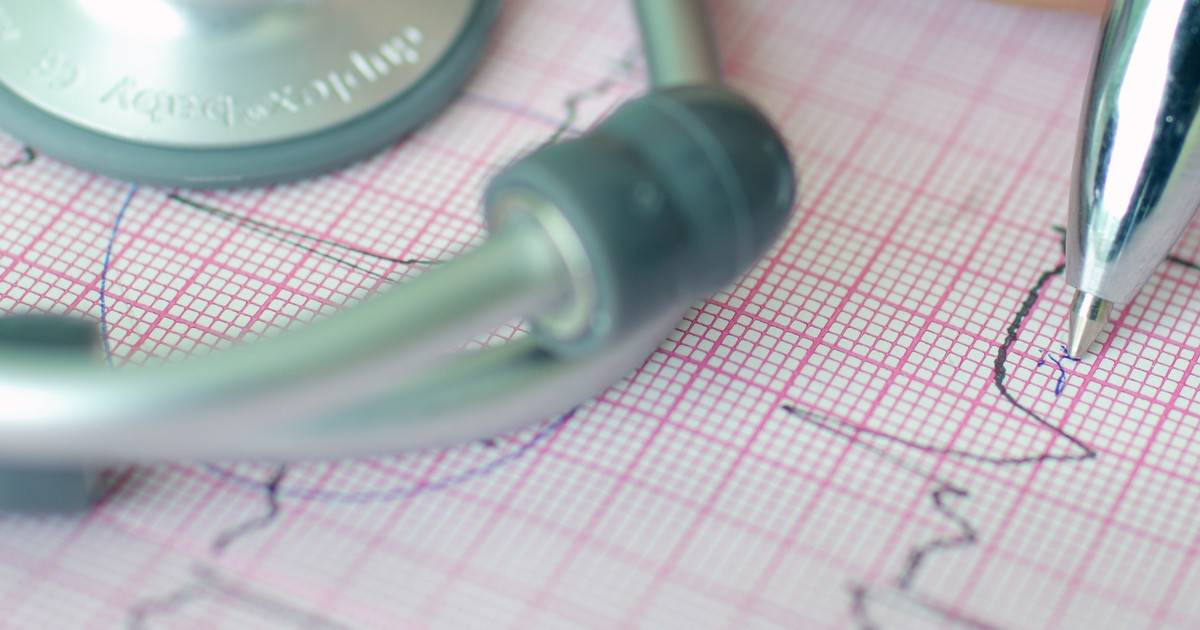Guide To An Electrocardiogram
An electrocardiogram is a test that can detect abnormalities within the body by looking at the heart's electrical activity. They can help diagnose the cause of many different symptoms, such as chest pain, shortness of breath, and irregular heartbeats. Most individuals have had an electrocardiogram before. The reason is that they have become a standard part of the intake process in emergency rooms. While these tests deal with the body's natural electrical currents, they do not create any electricity. They measure what is already occurring inside a patient's body, so the tests themselves are painless.
Electrocardiogram monitoring is quite helpful for many individuals. Some patients may even use a portable ECG monitor. These tests allow patients to receive prompt heart attack treatment, which is crucial. They also ensure that they receive effective treatment for arrhythmias. Ultimately, electrocardiograms can be valuable life-saving tools. This is why it is vital to understand how they work and when they should be used.
How Procedure Works

The procedure depends on what type of test is ordered because there are different types of electrocardiograms used for different purposes. However, they all involve the use of electrodes as part of the testing process. These electrodes are attached to the patient's chest and sometimes their limbs. The heart cannot pump blood without a quick electrical impulse naturally generated by the heart. An electrical signal starts in a chamber of the heart known as the sinus node. From there, it travels into other chambers, where it stimulates the pumping of blood throughout the body. It is this electrical impulse that keeps the heart beating as it simulates a pacemaker effect.
The electrodes attached to the patient's body during an electrocardiogram detect these electrical impulses and transmit the data to a monitoring device. This device then prints out the results. This printout, which is called an EKG strip, is then analyzed and interpreted by a medical expert.
When An Electrocardiogram Is Used

Electrocardiograms are used in many different situations. Sometimes they are administered as part of a routine checkup when an individual might be otherwise healthy. Doctors also use them in cases where heart or lung problems are suspected. This includes any instances where blocked arteries, an irregular heartbeat, or any other abnormalities are causing symptoms. When an individual has a heart attack, an electrocardiogram is often used to both confirm that it was a heart attack and to determine if it is still occurring. These tests can also detect heart and lung diseases. The reason is that these diseases may cause signs of low voltage on an electrocardiogram report.
Some electrocardiograms involve exercise as part of the testing process. Thus, exercise-induced asthma and other breathing problems during physical activity might warrant the use of an electrocardiogram. They are also used to measure the success of surgical operations or monitor for changes in progressive diseases where doctors need to know if a patient is improving or getting worse.
